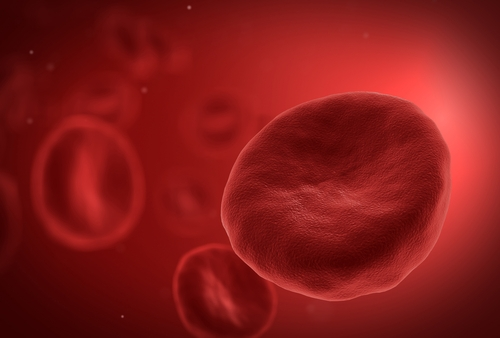
Used to ‘clean’ blood prior to use, the P-Capt prion reduction filter removes the prion responsible for variant Creutzfeldt-Jakob disease (vCJD). SaBTO also suggested that the requirement for prion filtration should be reviewed in the event that further data on vCJD prevelance or filter efficiency becomes available.
The SaBTO recommendation to use the P-Capt prion reduction filter is subject to the satisfactory completion of the PRISM study. This multi-centre, 540 patient, clinical trial initiated in 2007 is evaluating the safety of P-Capt filtered red cells and is scheduled to conclude early next year. PRISM is the third clinical study conducted on P-Capt filtered red cells and follows two separate human trials conducted by ProMetic / MacoPharma and the Irish Blood Transfusion Service, which both demonstrated that the P-Capt prion reduction filter successfully met all safety requirements with no adverse events.
Iwona Walicka, project manager of MacoPharma said: “The SaBTO recommendation states that there is 'now sufficient evidence that P-Capt reduces infectivity' and as such it is an important independent endorsement of the efficacy of the filter. 1.8 million blood units are donated in England each year and yet we have no idea how many blood donors are incubating the vCJD prion, which can lie dormant for decades. What we do know for sure is that vCJD is a devastating disease for which there is no cure and that it can be transmitted by transfusion of infected blood/blood products. P-Capt has been extensively and independently tested for three years: it works (99.9% or greater of reduction efficacy), it's safe and it's available now. Its adoption makes sense: because everyone has a right to safe blood.”



